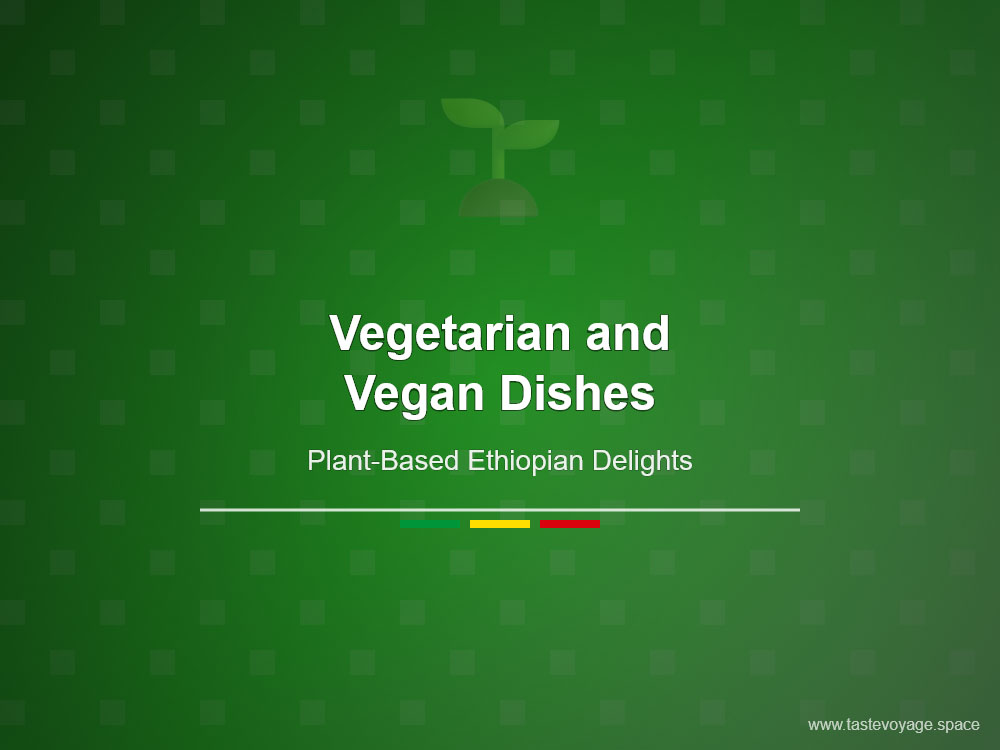Authentic Ethiopian Root Vegetable Recipe: Easy Step-by-Step Guide
Travel the World Through Food >> Ethiopian Cuisine>>Vegetarian and Vegan Dishes>> Authentic Ethiopian Root Vegetable Recipe: Easy Step-by-Step Guide
Authentic Ethiopian Root Vegetable Recipe: Easy Step-by-Step Guide
Discovering the Rich Cultural Heritage of Ethiopian Root Vegetable Dishes
Ethiopian cuisine is a vibrant tapestry of flavors, colors, and traditions. Among its many culinary treasures, root vegetable dishes hold a special place, showcasing the country’s agricultural diversity and culinary ingenuity. These dishes are more than just nourishment; they are a reflection of Ethiopia’s rich history, climate, and community life. Exploring How to make an Ethiopian root vegetable recipe offers a window into this fascinating culinary world and highlights the importance of seasonal, locally sourced ingredients.
The Significance of Root Vegetables in Ethiopian Food Culture
Root vegetables such as carrots, potatoes, sweet potatoes, and yams are staples in Ethiopian kitchens. They thrive in Ethiopia’s varied climate zones and have been cultivated for centuries. These ingredients symbolize sustainability and resilience, often used in everyday meals and festive occasions alike. They serve as versatile ingredients that can be prepared in numerous ways—from stews to salads—adapting to different regional tastes and traditions.
Ethiopian culinary practices emphasize the harmony of flavors and the importance of communal eating. Root vegetable dishes often appear in family gatherings and community celebrations, fostering a sense of unity and shared heritage. They are not just nourishing but also carry stories of the land, agricultural practices, and cultural values passed down through generations.
Culinary Significance and Flavor Profiles
Ethiopian root vegetable recipes are celebrated for their hearty and comforting qualities. They are typically seasoned with a blend of spices unique to Ethiopian cuisine, such as berbere and mitmita, which add depth and warmth to the dishes. These spices are rooted in history and tradition, offering a taste that is both distinctive and inviting.
The preparation of root vegetables reflects the resourcefulness of Ethiopian cooks. They often involve roasting, boiling, or slow-cooking methods that maximize flavor and preserve the natural sweetness and earthiness of the vegetables. These dishes are often served alongside injera, the iconic sourdough flatbread, creating a harmonious balance of textures and flavors that define Ethiopian dining.
A Symbol of Agricultural Abundance
Ethiopia’s diverse topography and fertile lands have cultivated a wide range of root vegetables, making them an integral part of the nation’s agricultural identity. Their seasonal availability encourages a connection between the land and the table, fostering appreciation for local produce. This relationship underscores the importance of sustainable farming practices and the preservation of indigenous crops, which continue to nourish and sustain communities across Ethiopia.
Exploring Ethiopian Root Vegetable Dishes
Learning to prepare an Ethiopian root vegetable recipe is an invitation to appreciate the country’s vibrant culinary heritage. While the process involves specific techniques and spice mixtures, the essence of these dishes lies in their cultural significance and the stories they carry. They exemplify the resourcefulness and creativity of Ethiopian cooks who transform simple ingredients into flavorful, wholesome meals.
By embracing these recipes, you gain insight into Ethiopia’s culinary landscape—a land where food is more than sustenance; it is a celebration of identity, resilience, and community. Whether enjoyed as a main dish or a side, Ethiopian root vegetable recipes continue to connect people to their land and to each other, making every bite a journey into Ethiopia’s rich cultural tapestry.
